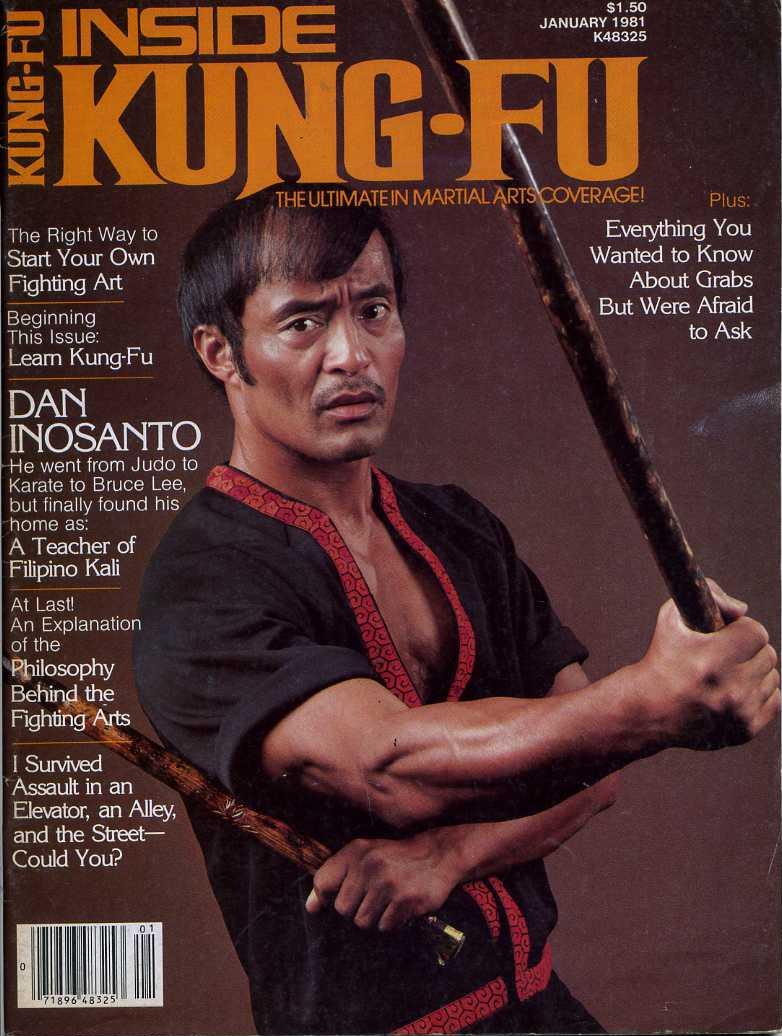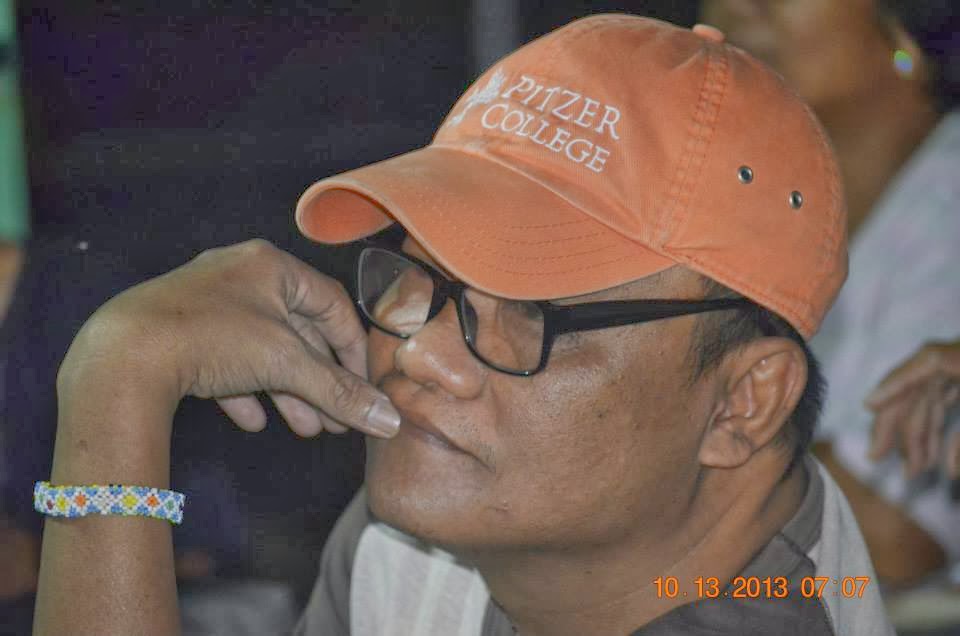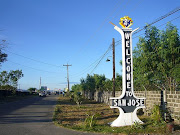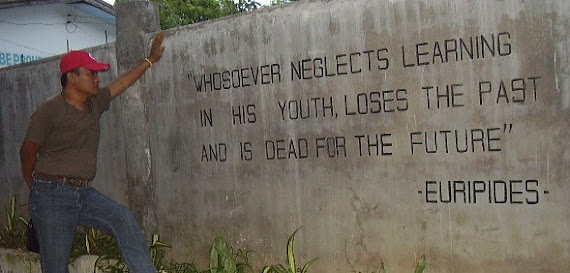The
name Eric Hobsbawm caught me while I am reading a column about bandits and
outlaws. My further readings suggest that the grand old man was a brilliant
historian whose legacy includes a book published in 1969 called “Bandits”. Hobsbawm,
an avid Marxist, explored how certain bandits remained criminals while others
became revolutionaries. Hobsbawm died on 1 October last year and this coming Tuesday would be his
first death anniversary. The foremost historian of the 20th century died at the
age of 93.
It
all started in 1959 when he wrote the book “Primitive Rebels” which is a study
of popular forms of resistance where he coined the term “social bandits”.
Social banditry is a widespread phenomenon that has occurred in many societies
throughout recorded history. Many forms of social banditry once existed in our
province. Reading Hobsbawm and social banditry helped me remember the most prominent
“bandit” of Mindoro named Valeriano Gasic of Naujan.
Of
course the Philippines have Macario Sakay who revolted against the Americans in 1904 in the
province of Rizal and was hanged to death in September 1907. Sakay was loved by
the people especially the residents of the Island of Talim in Laguna de Bay
where he considered as his fortress.
Aside
from Gasic, Reynante Andal of Pinamalayan and later, Dodo Robles have organized
bands of armed men and initiated an armed struggle against the government from
1972 to 1973 as Communist fighters belonging to the New People's Army or NPA. The two groups of revolutionaries, tagged as outlaws by the police and the military, did not last long and easily
crushed by the government forces that time.
I
dream that one day, I could write something about Noel “Rex” Verdadero of
Magsaysay, former leader of an anti-Communist vigilante group turned bandit and
was killed in a gun battle with Philippine Constabulary in June 1987; John Rey “Meno”
Andres of Rizal town, together with his heavily armed group who began to sow terror
in the Rizal villages of Aguas and Pitogo in 2006 and was killed also in a gun
battle with the police in Urdaneta, Pangasinan. Yes, to write ala-Hobsbawm!
Hobsbawm's
key thesis was that outlaws were individuals living on the edges of rural
societies by robbing and plundering, who are often seen by ordinary folks, as
heroes or beacons of popular resistance. The point about social bandits is that
they are regarded by the state as criminals but considered by their people, the
poor masses in the countryside, as heroes and champions, perhaps even leaders
of liberation, and in any case as men to be admired, helped and supported.
Social
banditry of this kind is one of the most universal social phenomena known to
history. Philippine cinema likewise had a bunch of films narrating stories of
real "hero-bandit" like Teodoro Asedillo of Laguna (Fernando Poe, Jr.), Nardong
Putik of Cavite (Ramon Revilla, Sr.) and Kumander Alibasbas of Pampanga (Joseph
Estrada), to name just three.
Valeriano
Gasic is considered today as a true blooded local hero from Oriental Mindoro.
But in the 1900s, he and his gang of 35 men, all armed, reportedly killed
around 70 suspected American collaborators. In an En Banc Decision of the
Supreme Court (G.R. No. 1548) issued February 11, 1904, Gasic was sentenced to
life imprisonment after his capture. Captain Gasic was then the Presidente del
Municipal of Naujan. He went underground and lived in the mountains when the
Americans started to rule Mindoro and declared him a “tulisan” (bandit)
according to this site . The sentence was later commuted to five years in exile
in the island of Culion, Palawan where he died due to tuberculosis.
“The
stronghold of the “tulisanes” around Lake Naujan also became the main area of
resistance during the war against the Americans in Mindoro from 1901-1903.
Gasic, as regional commander, was adored by his troops and by many civilians as
"commander in chief, army of liberation of the military district of
Mindoro", wrote
Volker Schult, author of the book “Mindoro, A Social History of a Philippine Island
in the 20th Century: A Case Study of a Delayed Developmental Process.”
Until
today, government officials in other countries around the world have routinely
labeled political rebels as bandits. Such labeling seeks to attach negative
connotations to the rebels, strip them of political legitimacy, and reduce
their popular support. Not unlike how Gasic was discredited by many American leaders of Mindoro, then.
But this is what I have re-learned from Hobsbawm: Like history
books, heroism and banditry, are all ideological constructs…
--------
(Photo: Chipsofbrookefield files)







